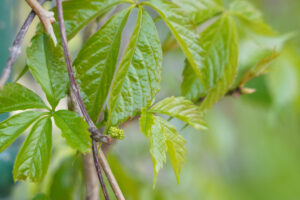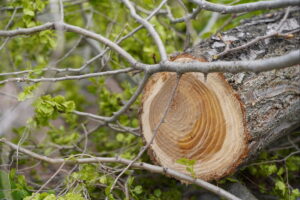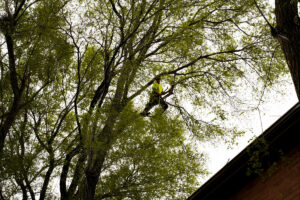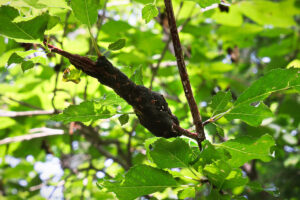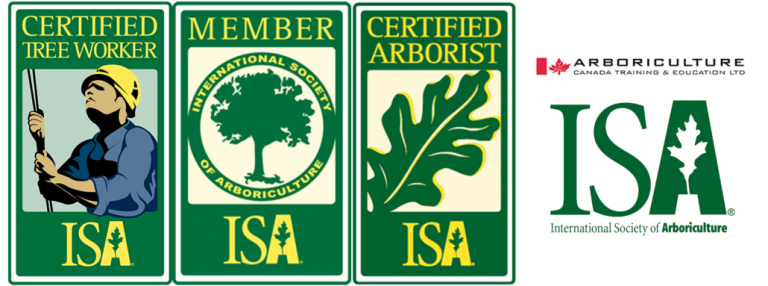York Region Arborist Asks If Your Backyard Is Safe for the Summer
Summer is just about here and once again the backyard will become a playground for kids on vacation from school. Barbecues will smoke and sizzle as adults relax and entertain friends. However if your property has large trees, make sure they are safe before starting the fun and festivities.
Unlike buildings and houses, large trees are towering structures weighing thousands of pounds that don\’t conform to any building safety codes. Their structural integrity is a matter of chance. Ensuring the safety of everyone on your property requires inspecting them on a regular basis, especially after the winter.
How to Identify Dangerous Trees and Branches
- Check the tree\’s lean. A tree that is leaning toward an area where people will be around, or toward your house or driveway is a matter of concern. If its lean appears to have increased since the last time you looked, or if the lean is extreme, you should consult with an arborist. If the roots opposite the tree\’s lean look like they\’re pulling up out of the ground, then the tree is in the process of tipping over.
- Look for dead branches. Dead branches can come down at any time, and require removal. If you see fallen branches beneath the tree, there could be more hidden within the foliage.
- Examine the tree\’s leaves. Look for areas with thin or no leaf coverage. This is a sign that the tree is stressed in some way, possibly from disease or damage. Sections with leaves that turn yellow and fall off before the others during late summer and early fall are likely stressed as well.
- Check for rotting roots. The roots that you see going from the base into the ground are anchoring roots, which anchor the tree into the ground. If these roots are rotting, the tree has little structural support and is likely to fall soon. This is true regardless of how healthy the tree otherwise appears.
- Look for multi-trunk trees. A V-shaped join between the trunks indicate a weak connection. The tree may be structurally strengthened with cables.
- Check the trunk. Examine the trunk for cracks, cavities, areas with loose or no bark, and signs of insect infestation.
If you spot signs of disease or weakness in your trees, it\’s best to get the help of your York region arborist. He can advise you on your best course of action. You can follow along on Facebook and Instagram, or you can contact us here if you have any questions.

